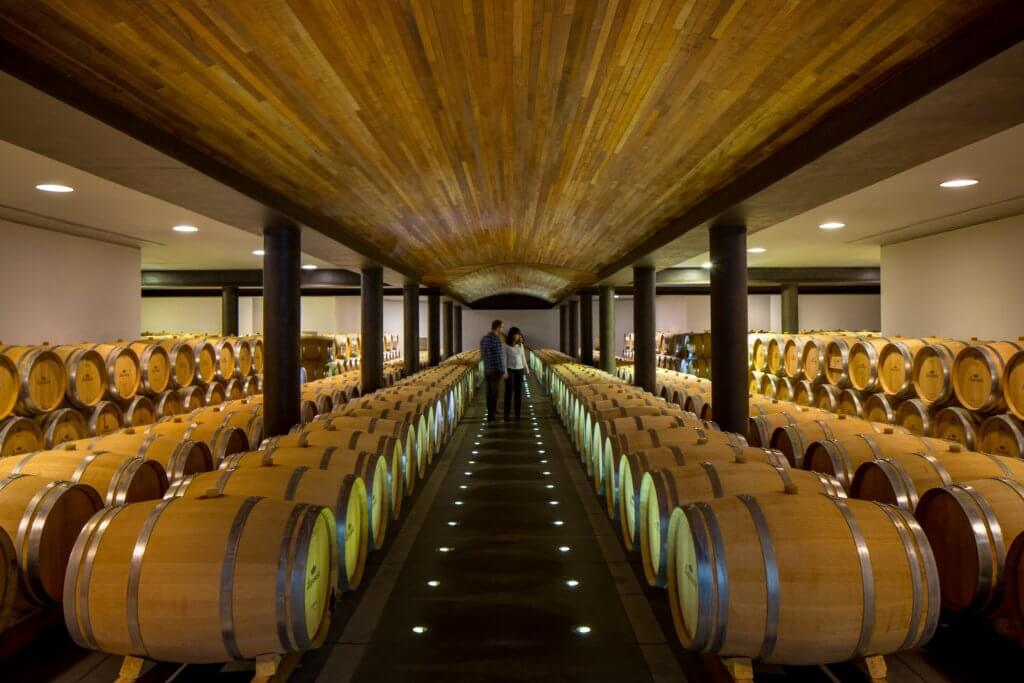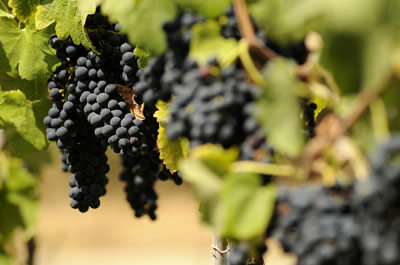Consumer demand for high-quality, sustainable, organic, non-GMO, eco-friendly and fair trade food products has never been higher. And it’s no wonder that that driving force seeking out the best, most naturally-produced and purest foodstuffs for human consumption has overflowed into another field with a very discerning public: the world of wine.
There have been many changes in winemaking since the early days, several thousand years ago. Following the process from vineyard to bottle, those innovations include the introduction of water management, different techniques in growing (including trellises as opposed to goblet), grafting, application of pesticides and fertilizers, machine harvest, machine de-stemming and mechanized separation of must from pomace. Once in the tank they can include the addition of yeast, acids or sulfites to the wine, as well as filtering or fining before bottling.
And these processes have yielded very fine wines we all welcome on verandas, rooftops, dinner tables and well-planned hikes. But at the same time, there’s a movement (or better said, a trio of movements) afoot that aims to make some of the world’s best wines without some of those newer innovations. This trip in time takes us back to when smaller production involved fewer interventions as well as closer contact with the land and people that work it. And it clearly echoes the raised consciousness we’re all exercising these days at the supermarket. It weaves together our search for pure, unadulterated consumables, together with a renewed interest in being good stewards to the land, in this case, all in the context of wine.
The three main movements we’ll discuss here in terms of alternative wine production are “organic,” “bio-dynamic” and “natural” wines. The three represent a departure from current, conventional winemaking, and diverge from some mass-market practices to create something truly special. Read below about organic, biodynamic and natural wines.
Organic Wine
The label “organic” is used for grapes that are grown in accordance with the principles of organic farming. These include using no artificial, chemical fertilizers (though enriching the soil with natural compost and minerals is permitted), and cultivating food without the use of pesticides, fungicides or herbicides. In the United States, organic farms are certified. There is also a certification process for 
“transitional” farming, fields where organic principles are applied, but there may still be residue from years past. Many countries have their own certifying organizations, for example in Chile, the majority of organic farms are certified by the local organization called IMO Control (Institute for Market Ecology).
Organic wine is made from organic grapes, but you still may see a “contains sulfites” warning on the back. This is because grapes produce sulfites during the fermenting process, and also because many winemakers, even those of organic wines, add sulfites to wine to keep it stable, and deliver better wine to the consumer over a longer period of time. There is a movement afoot to make no-sulfites-added wine, but many in the wine industry say it can produce an unstable and somewhat unpredictable wine, so for the most part, many wine drinkers just assume that sulfites come with the territory.
Biodynamic Wine
If organic farming is about what vineyards don’t do to the fields/vines/grapes, then biodynamic farming is more about what vineyards do to them. Biodynamic farming is a robust, intentional method that dates back to the 1920s (and predates most of the modern organic movement), when Austrian Rudolph Steiner developed methods for agriculture and livestock management. Biodynamic farming includes many of the credos of organic farming re: no chemical intervention. It also adds to them certain specific (organic, mostly herb-based) preparations—as the soil treatments and sprays are called—for optimal soil management and harvest. There are processes and timelines for enriching the soil, planting, pruning, and harvesting fruit, based on the phases of the moon as well as astrological signs. Some say that wines made biodynamically display the truest expression of terroir, as they are made in harmony with earth’s cycles. Others find the approach a bit esoteric, but there’s no denying that there are some great biodynamic wines available these days. 
For the most part, biodynamic agriculture, including wines are certified by a US-based organization called Demeter. However, if what is important to you as a consumer is whether or not wines are produced organically or biodynamically, you might want to look a little further than whether or not the wines have been certified.
That is because wines in many countries may be produced following these (organic or biodynamic guidelines), but—especially in the case of smaller wineries—they may not have paid for certification, deeming it unnecessary or finding it too costly. In that case, depending on the country and laws regarding labeling, you may see indicators of these processes, such as a wine labeled “produced with no pesticides” rather than “organic,” or some other nomenclature aimed at informing the consumer that the wines were made for the most part biodynamically, but without certification.
In the case of biodynamic and organic wines, origin matters quite a lot. Some places in the world are simply better suited to these approaches than others. Places with dry climate and few pests present are likely to have better results than areas where that is not the case.
And though you wouldn’t suspect it, both organic and biodynamic wines can have additives (such as commercial yeast), depending on the entity overseeing their certification. So how can a consumer know when they’re getting the purest, most unadulterated wine that combines organic or biodynamic farming and the least intervention possible? Now we’re in another territory completely, those called are called “natural wines.”
Natural Wines
This third category of low-intervention wines uses the word “natural.” It’s a bit of a wildcard, in that in general, the use of the word is not regulated and there are no certification processes in place. But let’s back up a bit and look at what it covers. Whereas wine labeled as being produced from organic- or biodynamically-grown grapes look at farming, or plant to harvest, “natural wines” look at something else. The use of this unregulated term refers to only to the winemaking process after grapes are mature, not the way the grapes are planted, grown and harvested.
So does that mean “natural wine” is made from conventional (non-organic, non-biodynamic) grapes? Not necessarily, and most unlikely. In fact, “natural wine” is most often made from grapes that were also grown either organically or biodynamically. But while some wines made from organic or biodynamic grapes may be processed as mainstream wines are, the “natural wine”-making process is generally intervention-free.
This often means that, in the case of “natural wines,” the grapes are hand-picked and destemmed, the juice/must is not subjected to any machine pumping (including pumping over), there is no mechanical separation of must from pomace (it is only hand-pressed), and finally, nothing is introduced to the tanks (or amphoras, or concrete eggs) or barrel other than the wine must. That means there are no rectifications in the form of added acid or sugar to control alcohol content, no enzymes, and it is fermented with only indigenous, or naturally occurring yeast that appears on the grape’s skin for what is referred to as “spontaneous fermentation.” “Natural wines” will also be unfiltered, which will give them less clarity and may result in some sediment in each bottle.
“Natural wines” generally do not have added sulfites, though there are naturally occurring sulfites in wine production, which can help stability. Many people say “natural wines” taste “wilder.” It’s also commonly held that natural wines should be drunk sooner rather than later, due to the lack of added sulfites. And don’t overlook decanting here, as the need for this is particularly apparent in some “natural wines,” which can pick up an undesirable sulfurous odor, or effervescence where there should be none. Decanting can smooth over some of these sins.

